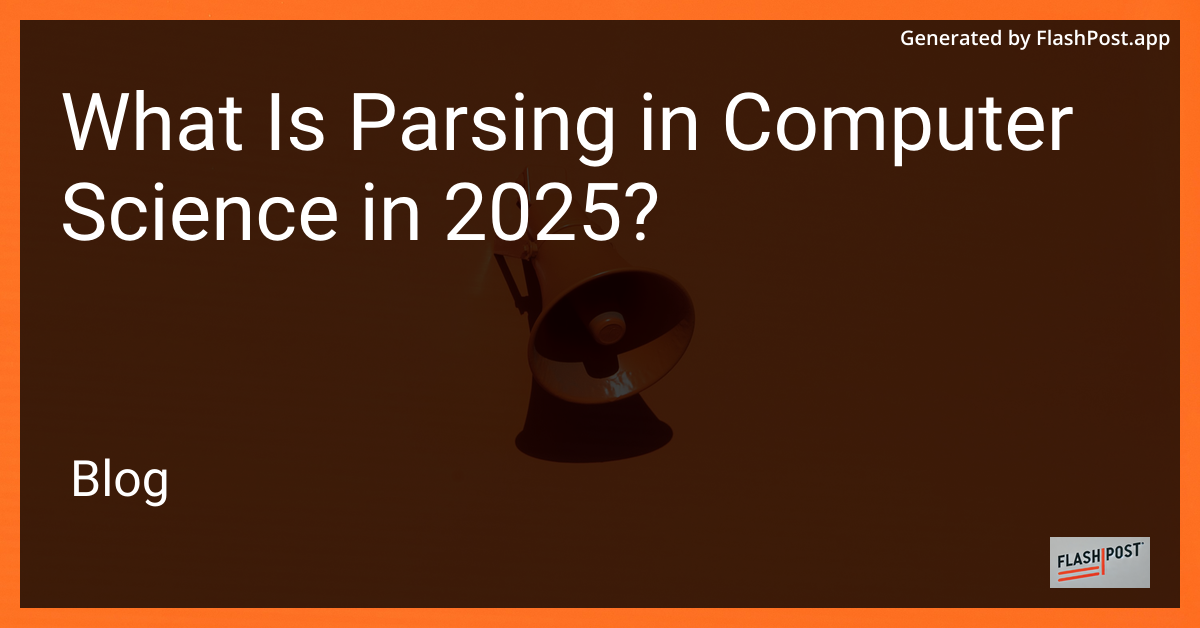
What is Parsing in Computer Science in 2025?
In the ever-evolving landscape of computer science, parsing remains a pivotal concept. By 2025, parsing has not only stood the test of time but has also advanced to meet the demands of the modern technological environment. Parsing is the process of analyzing a sequence of symbols, either in natural language, computer language, or data structures, and converting it into a format that is easily understandable for further processing.
The Evolution of Parsing Technologies
The parsing landscape in 2025 comprises traditional techniques and modern interpretations facilitated by advancements in machine learning and artificial intelligence. From parsing command line arguments in various programming languages like Prolog to handling complex data structures such as nested JSON objects, parsing is more important than ever.
Modern Applications of Parsing
Parsing is integral to many areas of technology. Its applications are vast and include syntactic analysis in compilers, data extraction from diverse sources, and more. Modern software development practices, such as using container technologies, often require sophisticated parsing techniques, such as Docker image tag parsing.
Advancements and Tools in Parsing
Today’s parsing tools and libraries can efficiently handle large volumes of data and complex syntax structures. With the rise of microservices and API-driven developments, parsing data from requests in frameworks like FastAPI has become critical for seamless communication between services.
Conclusion
As 2025 continues to unfold, the role of parsing in computer science reflects its indispensable nature in both traditional computing contexts and increasingly sophisticated tech spheres. From prolog parsing techniques to cutting-edge applications in AI and machine learning, parsing enables enhanced data handling and communication across systems.